Disclosure: This article contains affiliate links. We may earn a commission from purchases at no extra cost to you, which helps our travel content.
The crisp autumn air of Michigan carries more than just the scent of fallen leaves; it bears the stories of makers, creators, and cultural heritage that define Grand Rapids' remarkable shopping landscape. As an anthropologist who has spent decades exploring marketplaces from Cusco to Chiang Mai, I find myself surprisingly captivated by this Midwestern gem, where contemporary retail therapy meets authentic cultural expression. Join me as we explore how this former furniture manufacturing hub has transformed into a shopper's paradise that honors its industrial roots while embracing artisanal innovation.
Downtown Market: A Cultural Crossroads of Cuisine and Craft
The Downtown Market stands as Grand Rapids' contemporary agora—a gathering place where commerce and community intertwine in ways that would fascinate any cultural anthropologist. This modern interpretation of the traditional marketplace houses over 20 vendors and food artisans under one sustainably designed roof.
On my first morning in Grand Rapids, I arrived early to observe the market's awakening. Vendors meticulously arranged handcrafted cheeses, locally roasted coffee beans, and artisanal baked goods with a pride that transcended mere commerce. What struck me most was the intergenerational knowledge exchange happening at stalls like Field & Fire Bakery, where traditional European baking methods meet Michigan-grown grains.
The market represents more than just shopping—it's a cultural institution that preserves foodways while creating space for culinary innovation. I found myself particularly drawn to the spice merchants, whose collections reminded me of Moroccan souks, though displayed with distinctly Midwestern practicality. Before setting out to explore further, I purchased some local maple syrup, carefully packed in my collapsible silicone containers, which have proven invaluable for preserving artisanal food finds during my travels.

💡 Pro Tips
- Visit on weekday mornings to avoid crowds and have meaningful conversations with vendors
- Take the 'Meet the Maker' tour offered on Thursdays for behind-the-scenes insights
- Bring a reusable market bag to reduce waste while shopping
Uptown's Boutique Districts: Where Heritage Meets Contemporary Design
Grand Rapids' Uptown area encompasses four distinct shopping districts—East Hills, Eastown, Wealthy Street, and Cherry Street—each with its own cultural signature. As someone who studies material culture professionally, I was immediately drawn to how these neighborhoods balance preservation with innovation.
East Hills captivated me with its adaptive reuse of historic buildings now housing businesses like Global Infusion, where fair-trade practices support artisans worldwide—a business model I've advocated throughout my career. The shop owner shared stories of direct relationships with textile cooperatives in Guatemala that echoed my own research experiences in the Andes.
In Eastown, I discovered Commune Vinyl, where the resurgence of analog music technology represents a fascinating counter-narrative to our digital age. The proprietor's knowledge of pressing techniques and sound quality reminded me that material culture preservation takes many forms.
Wealthy Street's mix of vintage shops and contemporary boutiques creates a perfect temporal dialogue through objects. I spent hours in Dime & Regal, where locally made jewelry incorporates upcycled elements—a sustainable approach to adornment that resonates with traditional practices I've documented globally.
For exploring these walkable but distinct districts, comfortable footwear is essential. My cushioned walking shoes proved perfect for navigating the neighborhood transitions while providing necessary support during a full day of boutique exploration.
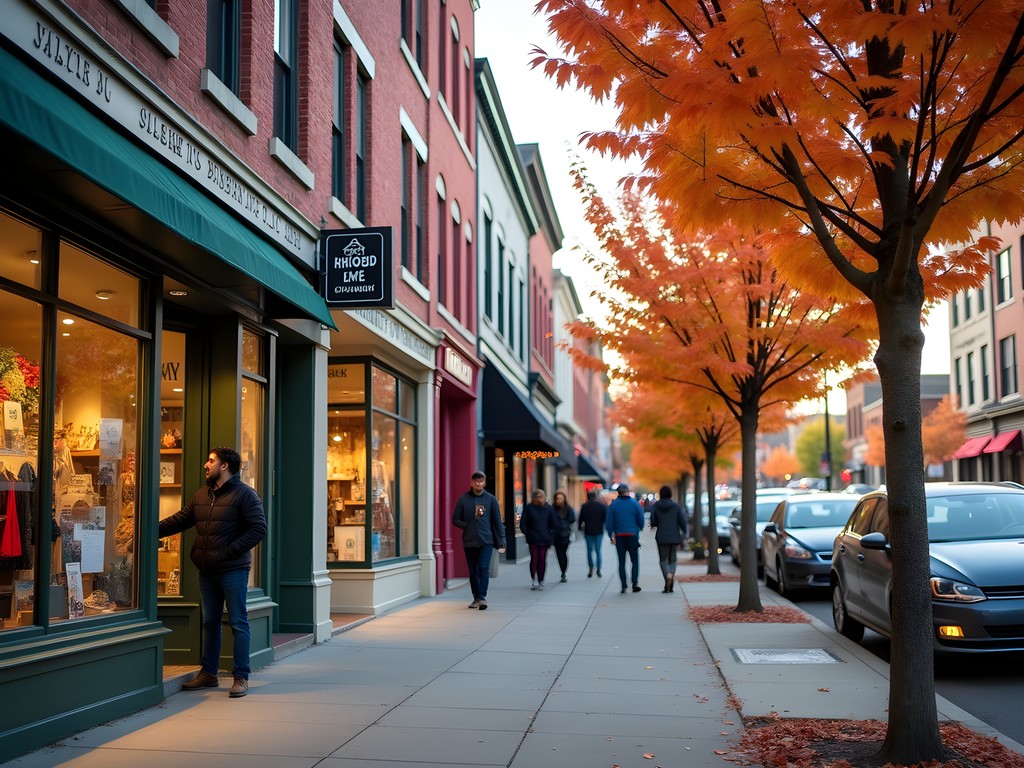
💡 Pro Tips
- Plan each district visit by theme rather than trying to see everything in one day
- Visit during First Fridays for special events and extended hours
- Look for 'Made in Michigan' tags for authentic local craftsmanship
Fulton Street Farmers Market: Seasonal Abundance and Artisanal Traditions
Dating back to 1922, the Fulton Street Farmers Market represents one of Michigan's oldest continuous markets—a living archive of agricultural traditions and seasonal rhythms. Visiting during fall harvest season provided a particularly rich experience as farmers displayed heirloom varieties of squash, apples, and root vegetables that told the story of the region's agricultural heritage.
As an anthropologist who has documented traditional markets worldwide, I was struck by the similarities between this Midwestern market and those I've studied in rural Andean communities—the pride in regional specialties, the intergenerational knowledge transfer, and the social bonds formed through regular commerce.
Beyond produce, the market features artisans practicing traditional crafts adapted for contemporary consumers. I spent considerable time conversing with a woodworker creating cutting boards from reclaimed urban timber—a beautiful example of sustainability meeting craftsmanship. His understanding of wood grain patterns and tool techniques demonstrated the deep material knowledge that often goes unrecognized in our mass-production era.
The market's covered structure makes it accessible regardless of Michigan's changeable fall weather. I found my insulated market tote indispensable for keeping produce fresh while continuing to explore, especially when I discovered small-batch cheeses that required temperature control.
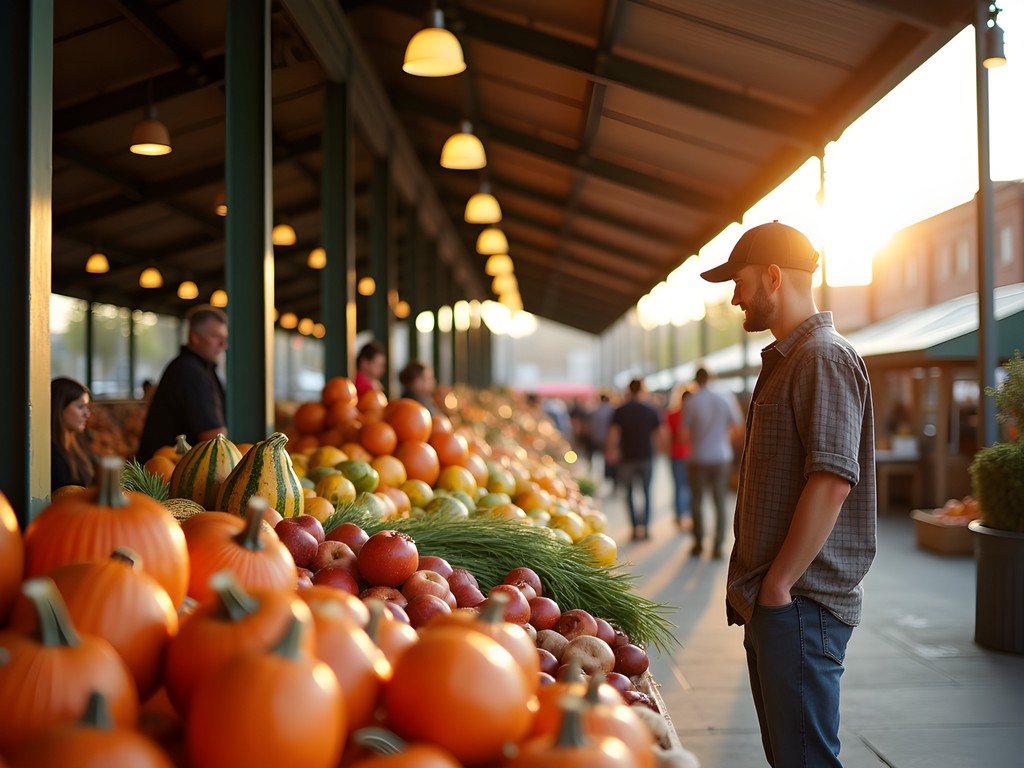
💡 Pro Tips
- Arrive within the first hour of opening for the best selection of seasonal specialties
- Bring small bills and change for easier transactions with vendors
- Ask farmers about lesser-known heritage varieties—many are happy to share preparation tips
Heritage Furniture District: Celebrating Grand Rapids' Manufacturing Legacy
Grand Rapids earned its nickname 'Furniture City' during the late 19th and early 20th centuries when it became the center of American furniture manufacturing. Today, this industrial heritage lives on through both preserved showrooms and contemporary makers honoring traditional craftsmanship.
My anthropological interest in material culture made the Heritage Furniture District a fascinating study in how communities maintain connections to their production history. The century-old showrooms now functioning as retail spaces create a temporal dialogue between past and present manufacturing identities.
At Woodways Custom Furniture, I observed contemporary artisans using traditional joinery techniques alongside modern technology—a perfect example of cultural preservation through adaptation rather than rigid adherence to the past. The showroom's display of historical furniture-making tools alongside finished pieces created a narrative continuum that contextualizes today's products.
For design enthusiasts, I recommend visiting Kendall College of Art and Design's furniture design studios, where students reinterpret traditional techniques for contemporary markets. Their experimental approaches to wood joinery and sustainable material sourcing suggest promising futures for this heritage craft.
The district's emphasis on craftsmanship inspired me to reflect on my own documentation practices. I've recently upgraded to a portable voice recorder for capturing interviews with artisans, finding it far more effective than trying to take notes while observing their work processes.

💡 Pro Tips
- Visit the Grand Rapids Public Museum's furniture exhibition for historical context before shopping
- Look for 'Made in Grand Rapids' certification for authentic local craftsmanship
- Ask about wood sourcing—many local makers emphasize sustainable forestry practices
Vintage and Antique Hunting: Urban Archaeology in Grand Rapids
For those who approach shopping as a form of cultural excavation, Grand Rapids offers remarkable opportunities to uncover material history through its vintage and antique districts. The Warehouse District's concentration of antique malls presents a particularly rich terrain for exploration.
At Flashback Vintage Showroom, I discovered how mid-century modern furniture—once standard in Grand Rapids homes—has been recontextualized as collectible design pieces. The proprietor's knowledge of local furniture factories allowed me to understand each piece within its production context rather than merely as aesthetic objects.
The Blue Door Antiques collective represents a fascinating case study in how objects move through cultural value systems. Items once considered ordinary household goods are now preserved as cultural artifacts, their meanings transformed through changing contexts. I spent hours examining kitchen implements that reminded me of those I'd documented in rural Eastern European households—evidence of shared material solutions across seemingly disparate cultures.
For serious vintage hunters, I recommend the portable UV flashlight that has become essential in my market research kit. This tool helps identify original glass, examine textile repairs, and authenticate certain materials—particularly useful when exploring the remarkable collection of Depression glass at Warehouse One Antiques.
The most compelling aspect of Grand Rapids' vintage scene is how it connects to the city's manufacturing history. Finding furniture pieces with original factory stamps from local companies provides a material link to the city's industrial heritage that museum exhibits alone cannot convey.

💡 Pro Tips
- Bring measurements of your spaces—many vintage furniture pieces are larger than contemporary counterparts
- Visit on weekdays when dealers have more time for conversation about provenance and history
- Look for Grand Rapids furniture manufacturer marks—they add both historical value and local significance
Final Thoughts
As I prepare to leave Grand Rapids, my field notes bulging with observations and my luggage considerably heavier with thoughtfully selected purchases, I'm struck by how this city embodies what I've long argued in my academic work: that marketplaces serve as crucial sites of cultural preservation and innovation. From the Downtown Market's culinary artisans to the furniture makers honoring traditional craftsmanship through contemporary designs, Grand Rapids demonstrates how commerce can sustain cultural knowledge across generations. The city's shopping districts aren't merely retail zones but living archives where material culture evolves while maintaining connections to place-based heritage. For visitors seeking more than transactional tourism, Grand Rapids offers something profound: the opportunity to participate in cultural dialogue through mindful consumption. Whether you're a serious collector, a casual browser, or a fellow cultural observer, the city invites you to read its narrative through objects that carry both history and hope for sustainable craft traditions. I'll return home to Edmonton with more than souvenirs—I carry stories of makers whose work ensures that cultural knowledge continues to circulate through objects made with intention and integrity.
✨ Key Takeaways
- Grand Rapids' shopping districts preserve cultural heritage while embracing innovation
- The city's furniture-making history provides context for understanding its contemporary makers and markets
- Seasonal shopping at farmers markets connects visitors to Michigan's agricultural traditions
- Vintage and antique districts offer opportunities for 'urban archaeology' and discovering material history
- Supporting local artisans and markets contributes to cultural sustainability
📋 Practical Information
Best Time to Visit
September-November for harvest season and fall colors
Budget Estimate
$500-700 for a weekend including accommodations, meals, and moderate shopping
Recommended Duration
2-3 days minimum to explore different shopping districts
Difficulty Level
Easy - Most Shopping Areas Are Walkable Or Short Drives Apart

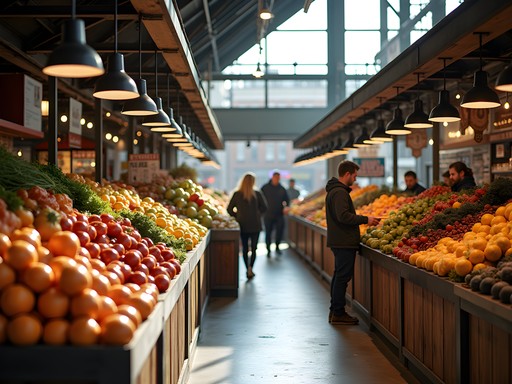
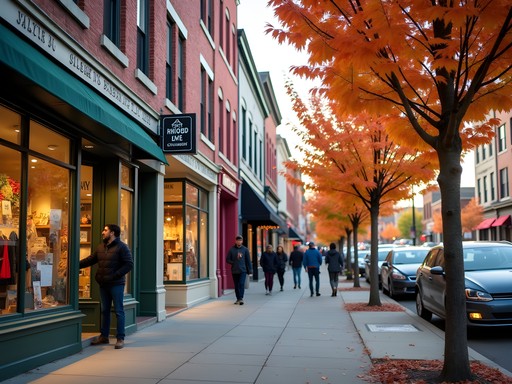
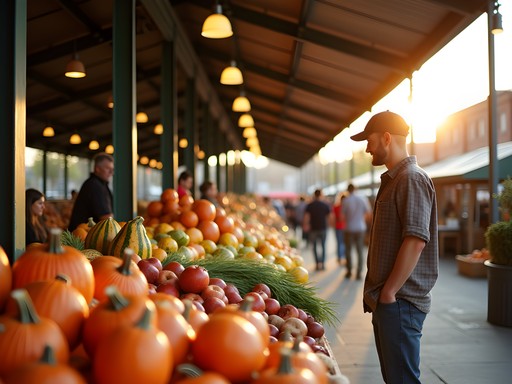





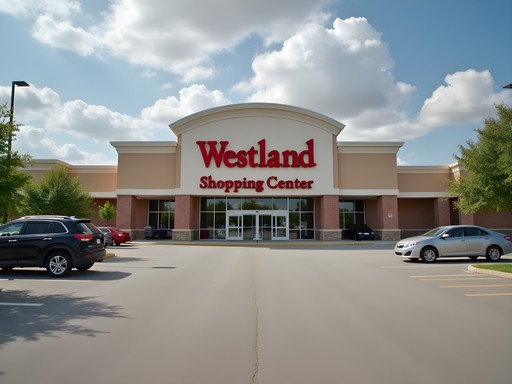

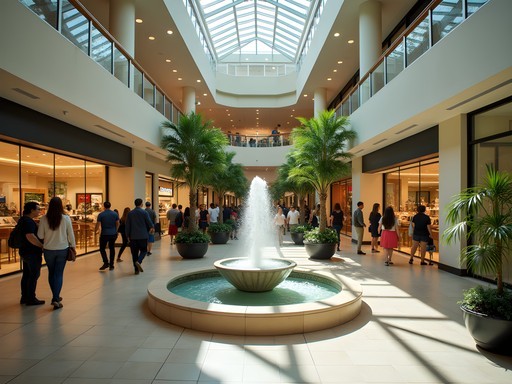


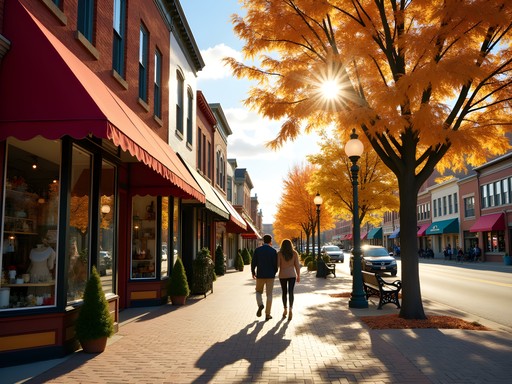
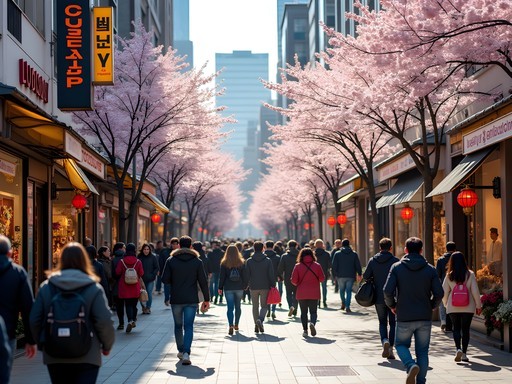
Comments
roamguy9
Just got back from GR and this blog was my shopping bible! Downtown Market was incredible - I could've spent all day there! Brought back the most amazing specialty coffee beans and Michigan cherry preserves. The furniture district was eye-opening too - ended up buying a handcrafted wooden serving board that the artisan engraved while I waited. Best souvenir ever! I used my travel tote which was perfect since I kept adding more purchases throughout the day!
Douglas Bradley
Samantha, your analysis of Grand Rapids' retail landscape beautifully captures the intersection of heritage and contemporary culture that makes this city so fascinating. During my research visit last year, I was particularly struck by how the furniture district preserves the industrial legacy while embracing modern design sensibilities. The historical context you've provided adds valuable depth to understanding the shopping experience. I'd add that visitors should also explore the smaller maker spaces scattered throughout the East Hills neighborhood - they offer a glimpse into the emerging artist movements reshaping Michigan's creative economy. I documented several of these spaces in my cultural impact study and found the proprietors exceptionally knowledgeable about local traditions.
roamguy9
East Hills is amazing! Found this tiny letterpress shop there that made custom postcards while I waited. Highlight of my trip!
backpackdiver4874
Great post! Never thought of GR as a shopping destination.
wavebuddy
OMG I'm heading to Grand Rapids next week and this is EXACTLY what I needed!!! Those Uptown boutiques are going on my list ASAP! Anyone know if the Wealthy Street shops are open on Sundays?
moonzone
Most are open Sunday afternoons, but check individual stores. Enjoy!
wavebuddy
Thanks for the tip! Can't wait to explore!
Casey Andersson
Samantha, your post transported me right back to my Grand Rapids visit last autumn! The Downtown Market is indeed a cultural crossroads - I still dream about that artisanal chocolate I discovered there. The furniture district was an unexpected highlight for me as well. I ended up shipping the most gorgeous handcrafted coffee table back to Wellington - it became the centerpiece of my living room redesign. If anyone's planning a visit, I'd recommend timing it with the fall harvest at Fulton Street Farmers Market - the apple varieties alone are worth the trip!
blueexplorer
How was shipping furniture internationally? Expensive?
Anonymous
It was actually more reasonable than I expected! The store partnered with a shipping company that specializes in furniture. Still a splurge, but for heirloom-quality craftsmanship, totally worth it.
blueexplorer
Downtown Market is a must-visit! Spent way too much on artisan cheese there last month.
luckyguy
OMG THANK YOU for mentioning those little boutiques on Cherry Street!!! I went there based on your recommendation and found the CUTEST handmade earrings at that place with the blue awning (can't remember the name). The owner even showed me her workshop in the back where she makes everything! Also hit up Madcap Coffee nearby which was AMAZING. Grand Rapids has such a cool vibe - way more hip than I expected for Michigan! Can't wait to go back in the spring!
Douglas Bradley
That would be Blue Hydrangea Boutique. Their jewelry selection is indeed impressive, and the owner, Melissa, has been creating there for over a decade. Her work has been featured in several Midwest design magazines.
luckyguy
YES! That's the one! How did you know that?? I'm wearing the earrings right now actually! 😂
luckyblogger
Love this guide! Those photos of the Downtown Market have me drooling. Bookmarked for my Michigan road trip next month!
smartninja
Great post! Planning a weekend trip in November. Is public transportation good enough to hit all these shopping areas or should I rent a car? Also wondering if the farmers market is still worth visiting that late in the season?
luckyguy
Not the author but I was there last November! The bus system is decent but we used ride shares between the Downtown Market and Uptown districts to save time. And YES the farmers market is still awesome in November - lots of fall produce, preserves, and more crafts than in summer!
smartninja
Thanks so much for the info! Definitely adding the farmers market to my itinerary then!
Douglas Bradley
Samantha, your analysis of Grand Rapids' retail landscape resonates with my experience there last autumn. What I found particularly fascinating was the juxtaposition of the city's manufacturing heritage with its contemporary maker culture. The Heritage Furniture District offers more than just shopping—it's a living museum of American craftsmanship. I'd add that visitors should consider timing their trip around the annual Grand Rapids Furniture Show in October if they're serious about furniture shopping. The demonstrations of traditional woodworking techniques are educational and the special event pricing can make higher-end pieces more accessible. I documented the whole experience in my travel journal which has become something of a tradition for my cultural excursions.
Venture X
Premium card with 2X miles, $300 travel credit, Priority Pass